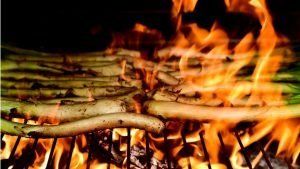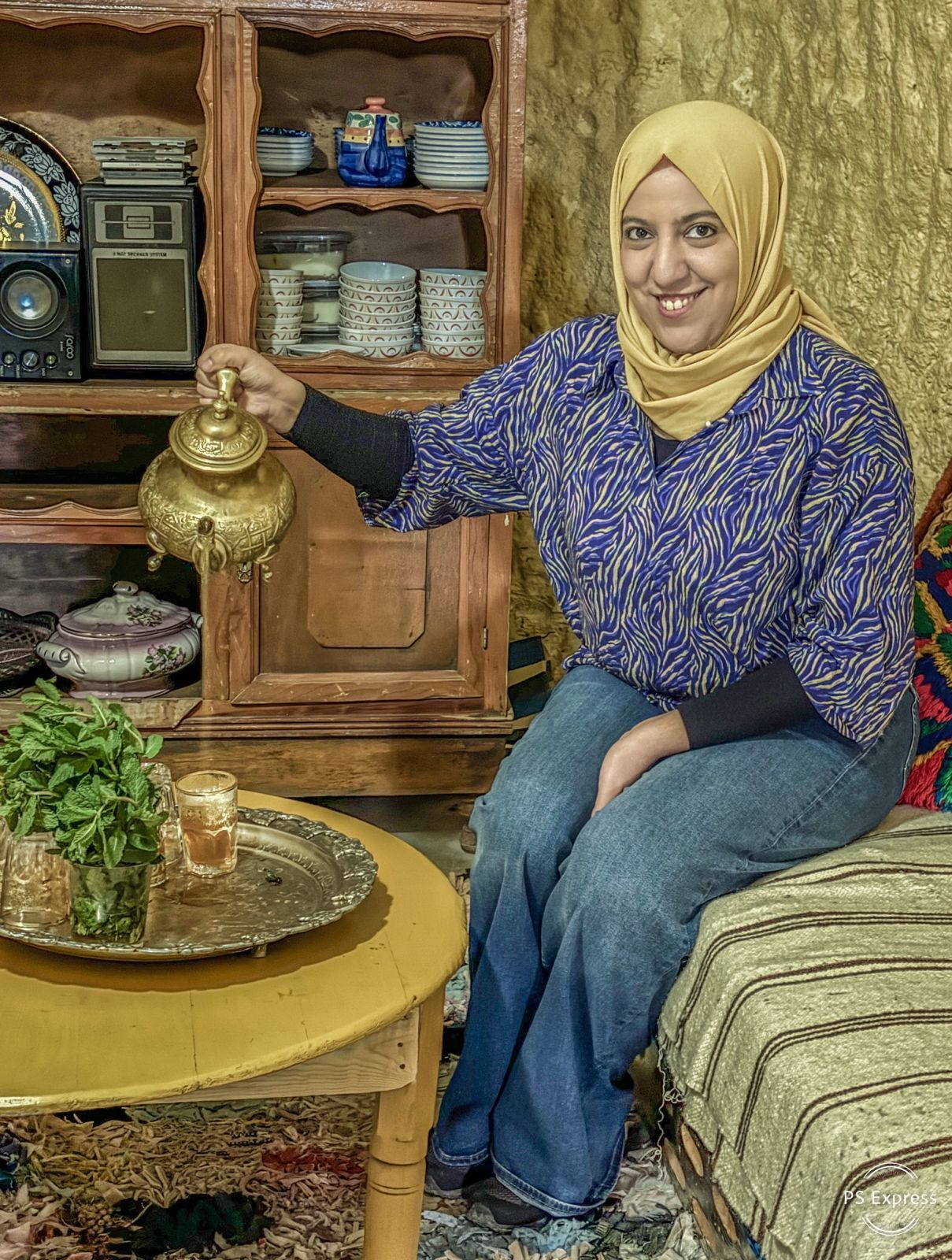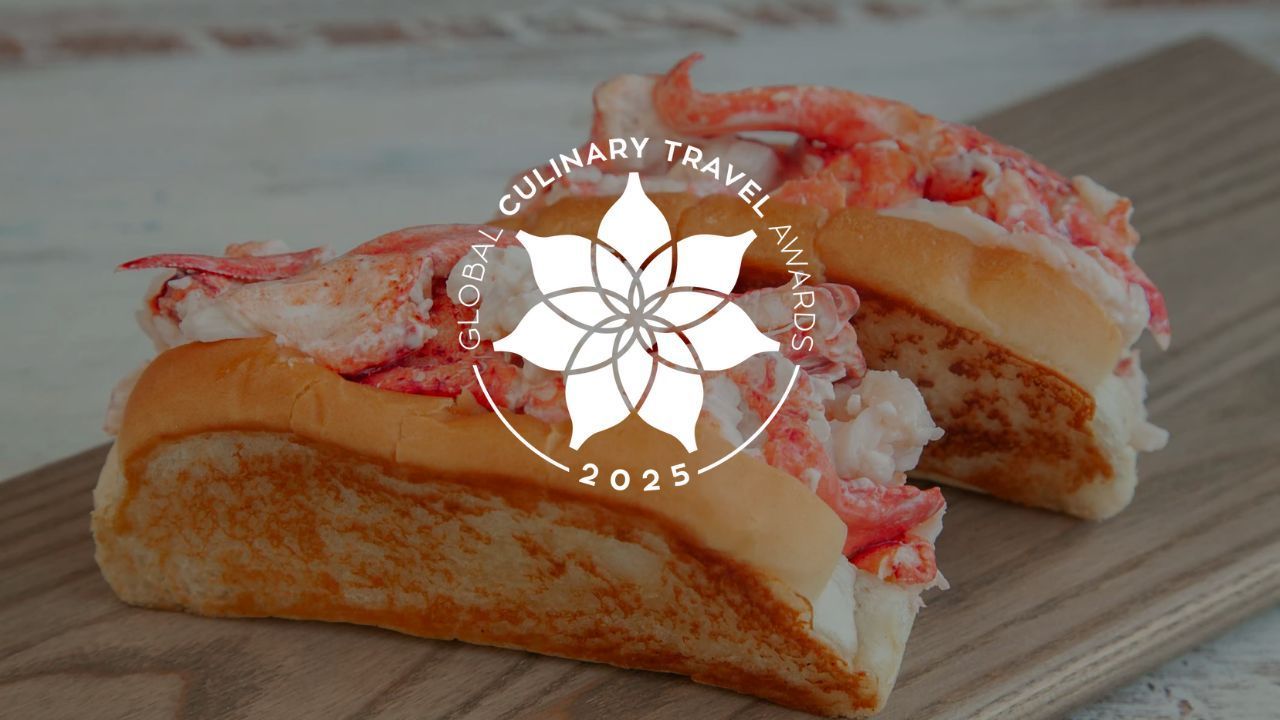Appreciating the Taste of a Place

I was taught as a little girl by my grandmother that when it comes to food, try everything at least once. If you don’t like it, that is OK, but never say “no” to something that you never tried. I have adapted this “fair eating policy” for any place and situation. Thanks to my grandmother, I have tried camel kebab in Dubai, tripe stew (callos) and cod cheeks (Kokotxas de Bacalao) in Spain, and just about every street food in India. It has almost turned into my life motto. It gives a chance to try and experience the taste of a place, which is the theme of this series. It gives an insight to a culture, its culinary history and gastronomic heritage.
There is more to the taste of a place than regional products, traditional recipes and ancient cooking techniques. In the food tourism industry, we also find producers and farms, suppliers and distributors, tour operators and lodging businesses. These and several other business types have been identified and grouped by the World Food Travel Association into the “food tourism industry cluster”. ( See our “What is Food Tourism?” page for the cluster graphic ). These are the stakeholders that comprise the framework of the food tourism “umbrella”.
The first thing that comes to mind when thinking of food tourism is often a restaurant experience, yet an impactful eating experience can be created in different ways. When dining at a specialised restaurant today, not only are the food quality and presentation important, but the ambiance and atmosphere play a significant role in how the experience will be remembered. If travelling for the purpose of learning about a food or a beverage, you expect to deepen your knowledge and awareness.
On my first visit to Barcelona, I have to admit that I did little to explore the gastronomic richness of the city. On the first evening, my brother and I shared a huge Paella with a jug of Sangria – and on one of the busiest streets in terms of tourists. Needless to say, it was not a very unique nor authentic culinary experience. Today and with more knowledge, I know that paella is best enjoyed as a family Sunday lunch. In a city as popular and grand as Barcelona, it can be difficult to know where to go and what to eat as a first-time visitor. Taking into consideration the abundance of information that is available online today, every food-loving traveller is able to design their own restaurant tour in a new city, or seek out the unique gastronomic characteristics from a certain destination. However, the taste of a place is more than what you can find inside the vast jungle of Google searches and review platforms.
If you think about where you come from, your city, town or region; what would you serve your foreign guest coming for the first time to visit you? To which places would you bring your guest for dinner?
What makes it easier is having someone show you where to go, what to eat and in some cases – how and when to eat it! Thinking about that first visit over six years ago, I smile at my naive, blissfully ignorant self. Now, after four years of living in the capital of Catalunya, I have been eating and preparing paella myself, but I have also tried to eat as a local. Every year during early spring we meet up with friends or family for enjoying chargrilled Calçots (green onions) with romesco sauce. On Saturdays or Sundays before lunch at 14:00, while basking in the sun on some terrace, we sip on a vermut with the typical sides of potato chips and tins with muscles and cockles. And for Christmas my mother-in-law always serves the traditional Catalan soup, “sopa de Galets” with the characteristic meat trimmings and veggies. I think I have a pretty good sense of the taste of Catalunya, and it is all thanks to the people who have shown me their culinary culture.
It is not always easy to find the most authentic dishes and unique experiences when travelling to a new place, and you might not always have a friend in the place you are visiting. The culinary attributes from a destination derive from the natural surroundings, the production techniques used, and the customs and traditions of handling food and drink. For example, an enthusiastic portrayal of how that glass of wine you are holding has generated its particular mineral yet crispy scent and flavour due to the soil drainage and the closeness to the Mediterranean, is difficult to get even from a book. Therefore, an experienced tourist guide can make considerable difference.
The culinary tourist guide can act as a bridge while helping visitors relate easier to a foreign food or culinary experience. They are the link between the producer and the visitor, and the wine grower and the wine taster, the market stall owner and the tourist, the artisanal brewer and the beverage enthusiast, the sheep farmer and the food excursionist, and why not between the chef and the cooking class participant? The job of a guide is to elevate the visitor experience with storytelling, and by doing so, it breaks down misconceptions and ties into the emotions related to the place. A culinary tourist guide knows the value of the product or the food item they are presenting, as they have the knowledge and the appreciation of the place, and most importantly, they are eager to pass the appreciation on.
A culinary tourist guide connects its visitors to the local culture through food and gastronomy while transmitting a unique respect, honor and appreciation for it. The World Food Travel Association has been teaching and certifying industry professionals since 2008, and tourist guides and tour operators since 2019. A certification is a recognition of professionalism, experience and knowledge in the gastronomy tourism industry.Tourist guides and tour operators who are looking for a way to stand out when travel resumes should explore our training and certification options here.
Being open to new flavours and actively searching for ways to understand food activities in the place you are visiting, is to appreciate the taste of a place. And by appreciating the taste of a place, we are also contributing to the preservation of that culinary culture and its heritage. In the end, it is also what you wish for your visiting friend, that they appreciate and enjoy your local food and drinks, do you not?
Authored by Rosanna Olsson











